History books often celebrate the achievements of influential figures but rarely mention their financial struggles. Many brilliant minds who shaped our world died with empty pockets despite their remarkable contributions. Their stories remind us that success doesn’t always equal financial security, and even the most talented individuals can face devastating money problems.
1. Nikola Tesla
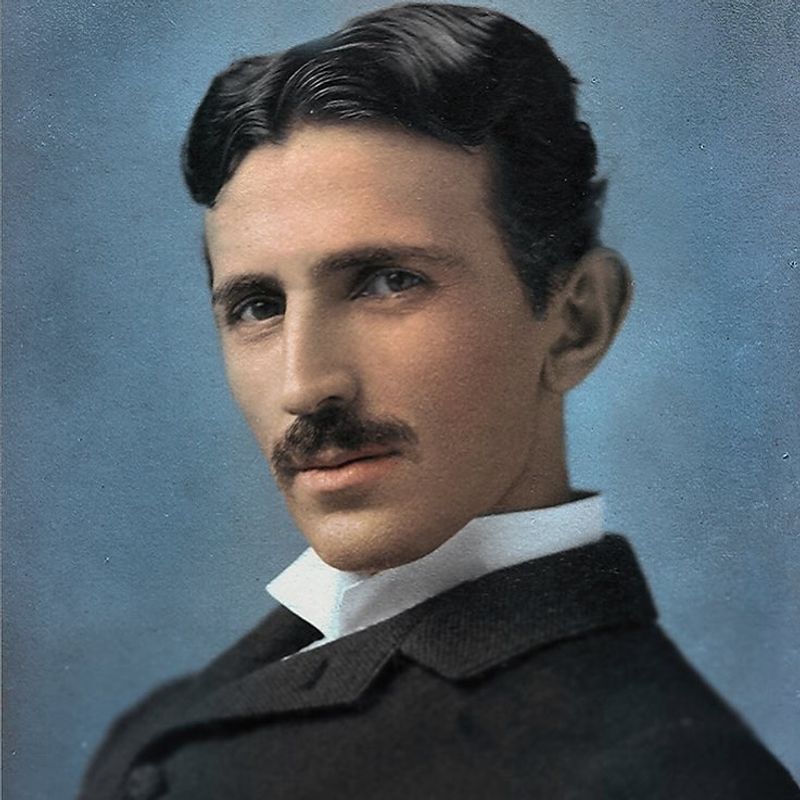
Lightning struck the world of science when Tesla invented alternating current, but financial fortune never followed. Despite revolutionizing electricity and holding nearly 300 patents, this brilliant inventor spent his final days in Room 3327 of the New Yorker Hotel, feeding pigeons and living on credit.
Corporate giants like Thomas Edison often outmaneuvered Tesla, stealing his ideas or refusing to pay promised rewards. His obsession with groundbreaking inventions overshadowed practical money concerns.
When he died in 1943, Tesla had barely enough to cover his hotel bill. The man who literally illuminated the world left it in darkness and debt.
2. Judy Garland
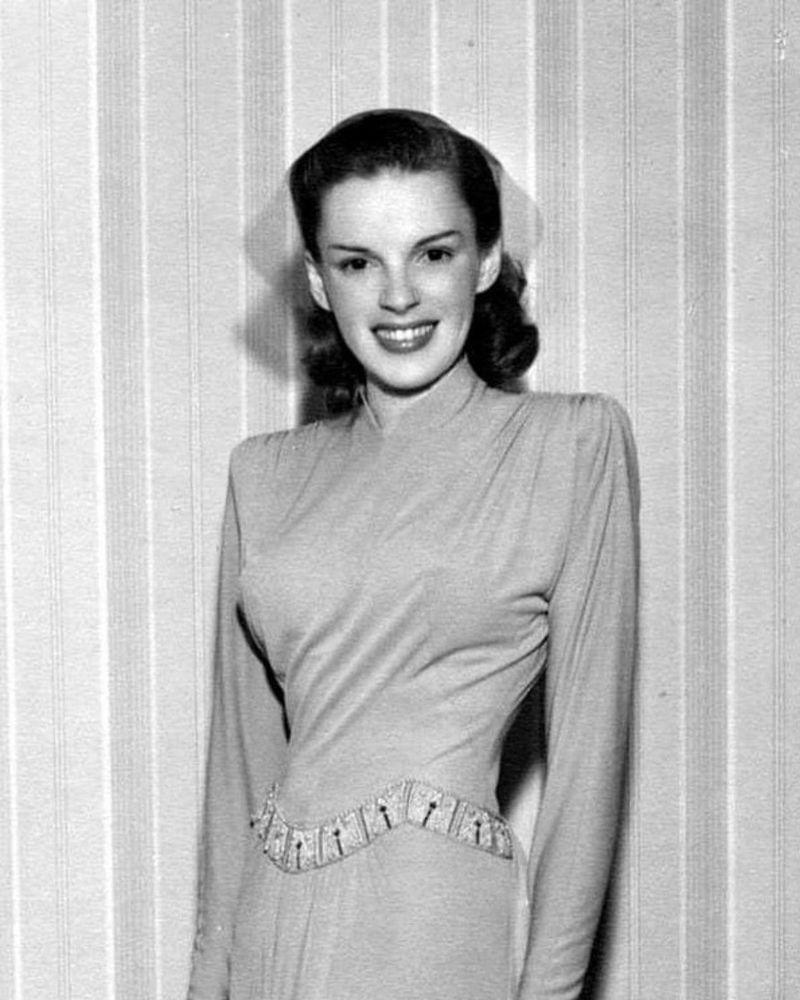
Her voice carried audiences over the rainbow, but Judy Garland’s personal finances plummeted to earth. MGM Studios pumped her full of pills as a teenager, starting addictions that drained her finances for decades. She earned millions but was often broke between performances.
The IRS hounded her for unpaid taxes, seizing property and garnishing wages. Five husbands came and went, some contributing to her financial woes through mismanagement or theft.
By 1969, the 47-year-old icon was essentially homeless, bouncing between friends’ homes in London. She died of an accidental overdose with debts exceeding $4 million in today’s dollars.
3. Oscar Wilde
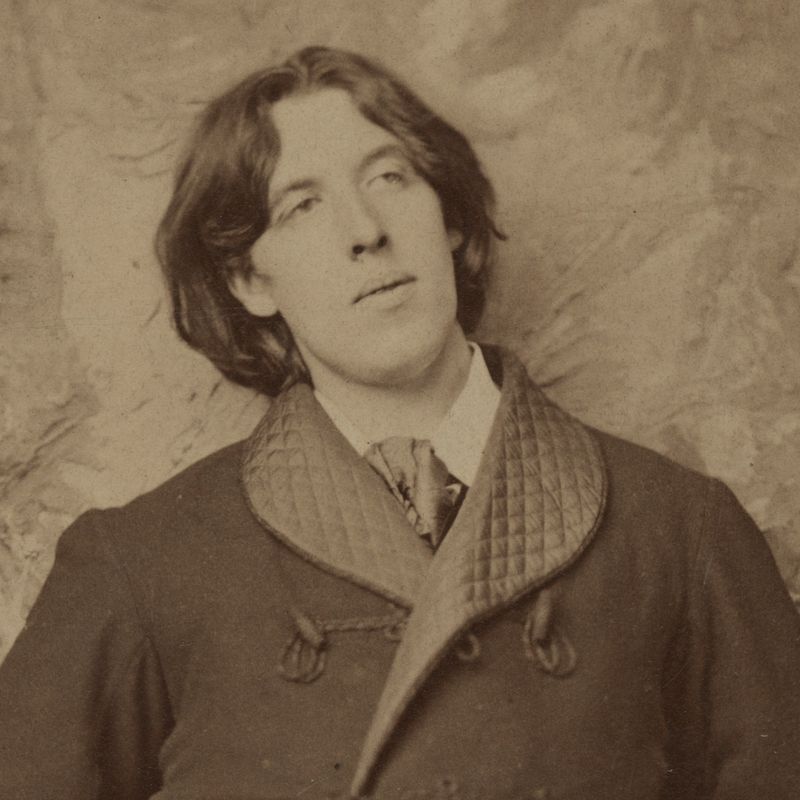
The witty wordsmith who once dazzled Victorian society ended his days in exile and destitution. After his imprisonment for homosexuality in 1895, Wilde’s spectacular fall from grace left him bankrupt, ostracized, and forced to flee England forever.
Under the pseudonym Sebastian Melmoth, he wandered Paris in tattered clothes, begging former friends for loans. The author who once said, “Anyone who lives within their means suffers from a lack of imagination” found himself without means to live.
When meningitis claimed him in 1900, he died in a cheap hotel room, surrounded by peeling wallpaper instead of admirers.
4. Edgar Allan Poe
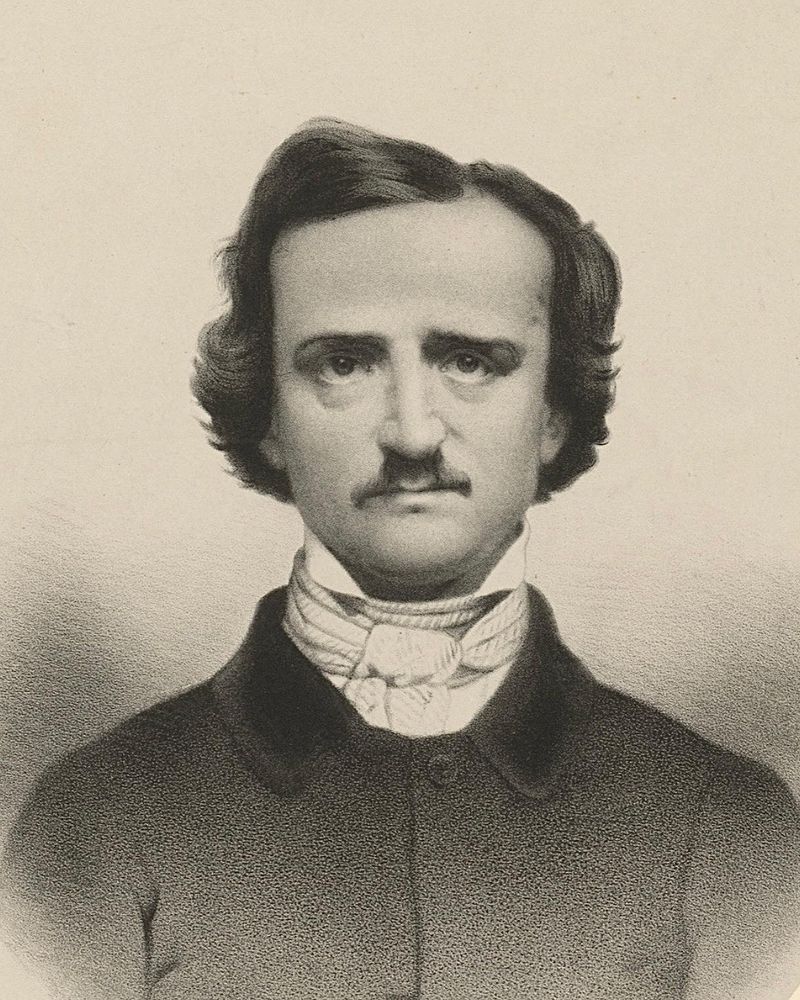
The father of detective fiction crafted tales of mystery and macabre while living a life as bleak as his stories. Poe earned merely $9 for “The Raven” – his most famous work – and struggled to support himself through magazine editing and writing.
Alcoholism compounded his financial troubles, making steady employment impossible. After his young wife’s death from tuberculosis, Poe’s mental health deteriorated alongside his bank account.
Found delirious on Baltimore streets in 1849, he died wearing borrowed clothes. The literary genius who invented entire genres was buried in an unmarked grave, with personal possessions worth barely $24.
5. Joseph Haydn
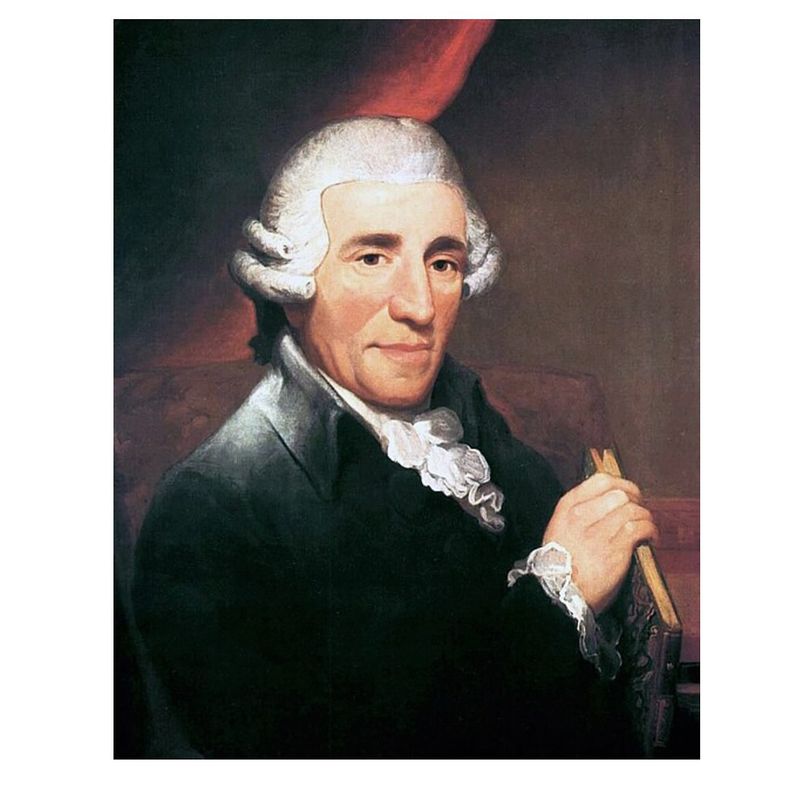
The musical innovator who taught Beethoven and Mozart created symphonies that still resonate today, yet financial harmony eluded him in his final years. Once employed comfortably by the wealthy Esterházy family, Haydn’s retirement coincided with Austria’s economic collapse during the Napoleonic Wars.
His savings, mostly in Austrian currency, became nearly worthless. War inflation devoured his pension’s purchasing power. French soldiers actually guarded his Vienna home out of respect when they occupied the city in 1809.
Though not completely destitute like others on this list, the contrast between his cultural importance and financial decline was stark when he died, leaving few assets behind.
6. Mark Twain
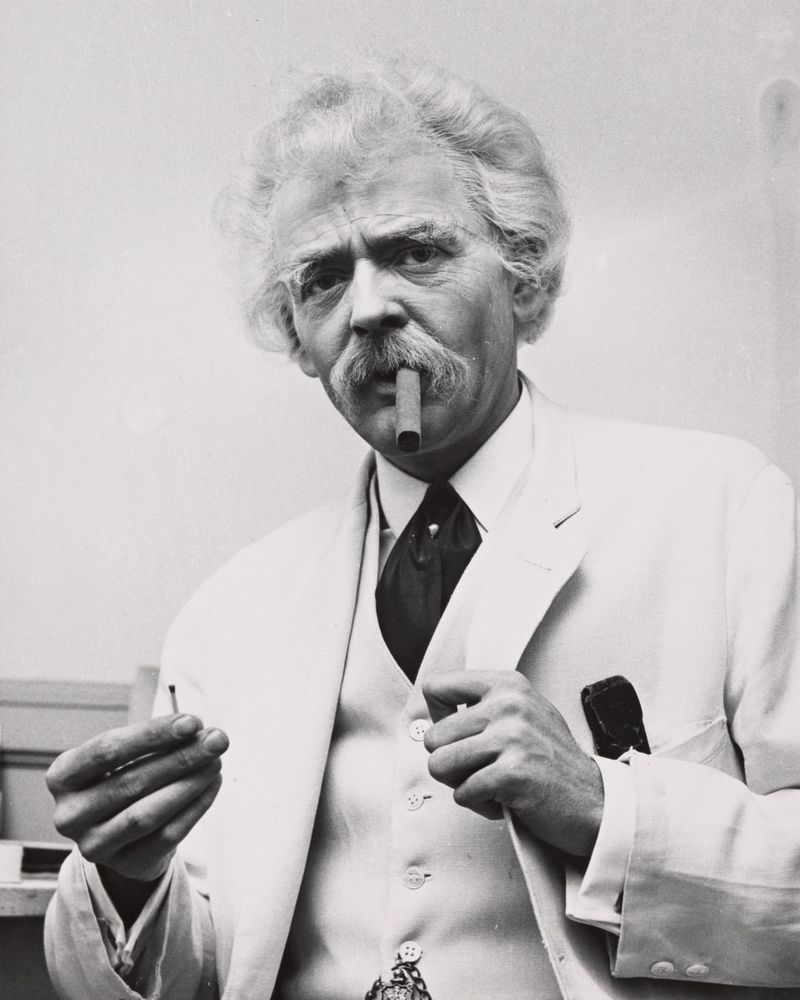
Samuel Clemens navigated Mississippi riverboats and literary fame with equal skill, but his business ventures sank like stones. After earning millions from his writing, Twain invested heavily in a revolutionary typesetting machine that never worked properly, losing the equivalent of $5 million today.
The publishing company he founded went bankrupt during the Panic of 1893. His financial mistakes were so legendary that even his friend Thomas Edison refused to back his inventions.
Humiliated by debt at age 60, Twain embarked on a grueling worldwide lecture tour to repay creditors. Though he eventually recovered financially, these setbacks haunted him until his death in 1910.
7. Vincent van Gogh
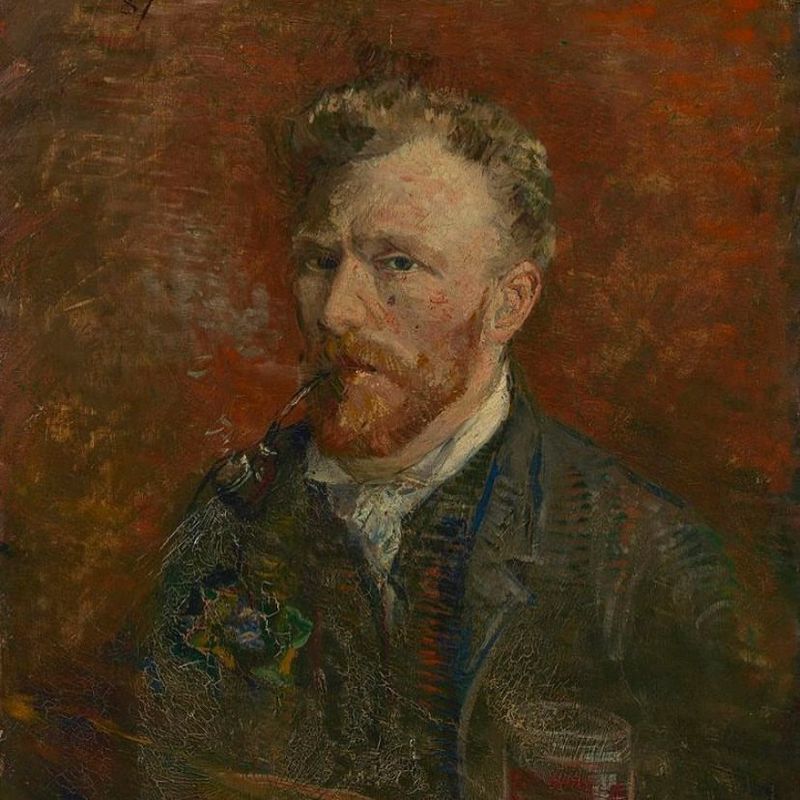
The swirling brushstrokes of Starry Night came from a hand that rarely held money. Throughout his brief career, Van Gogh sold exactly one painting for a paltry sum, relying instead on his brother Theo’s financial support to survive.
Mental illness and poverty were his constant companions. He often traded paintings for art supplies or meals. The artist who once wrote, “I can’t change the fact that my paintings don’t sell,” had no idea his works would one day command prices exceeding $100 million.
When he died in 1890 from a self-inflicted gunshot wound, his pockets were as empty as his recognition in the art world.
8. Ulysses S. Grant
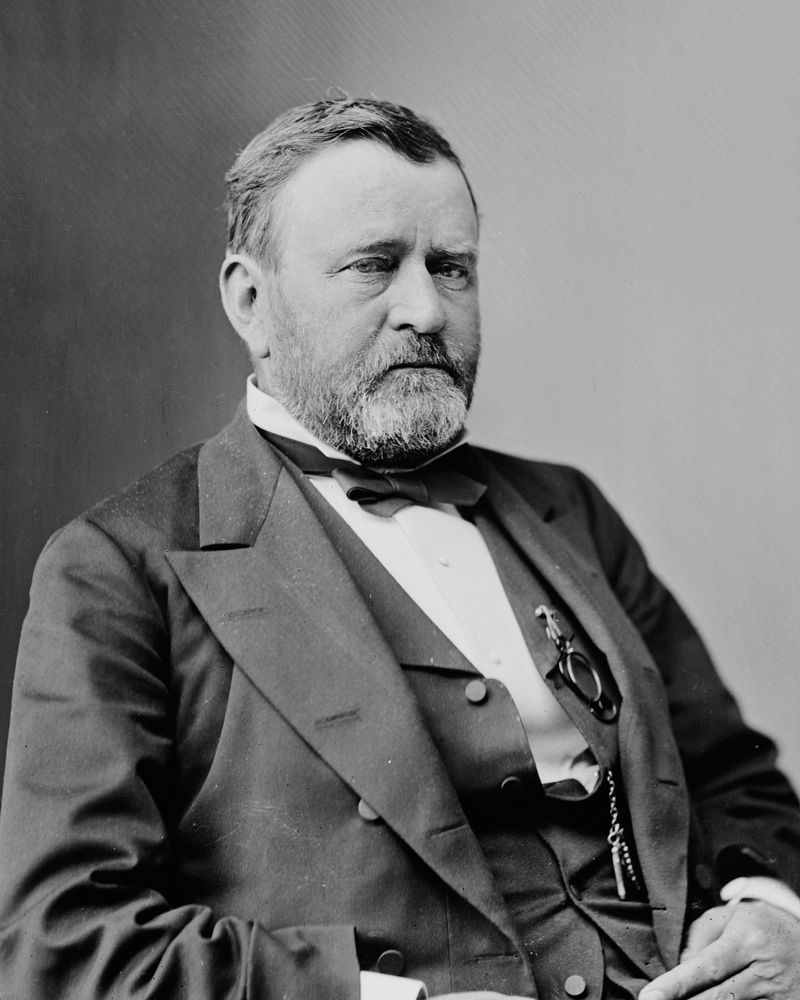
The military genius who commanded Union forces to victory found himself surrendering to financial disaster after his presidency. Grant invested his entire savings in his son’s Wall Street firm, Grant & Ward, which collapsed in 1884 due to his partner’s fraudulent schemes.
Overnight, the former president lost everything. Desperate and diagnosed with terminal throat cancer, Grant began writing his memoirs to provide for his family after his death.
Racing against his failing health, he finished the manuscript days before dying in 1885. Published by Mark Twain, the memoirs became a bestseller, earning Grant’s widow approximately $450,000 – money the war hero and president never lived to see.
9. Herman Melville
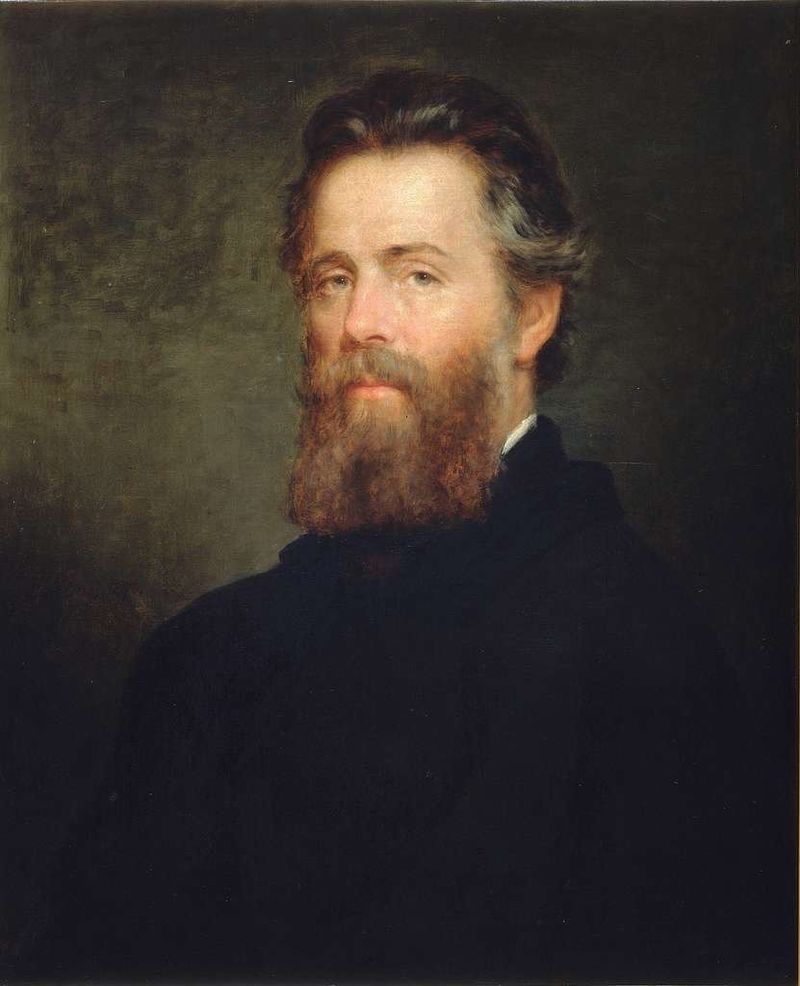
The author who created Captain Ahab’s obsessive quest for the white whale experienced his own literary shipwreck. After initial success with adventure novels about South Seas islands, Melville’s masterpiece Moby-Dick sold just 3,715 copies during his lifetime, earning him minimal royalties.
Forgotten by readers and critics alike, he spent his final 19 years working as a customs inspector at the New York docks for $4 a day. His death in 1891 was so unremarkable that one newspaper misspelled his name in a brief obituary.
The man now considered America’s Shakespeare died believing his greatest work was a failure, with barely enough money for a modest burial.
10. Bela Lugosi
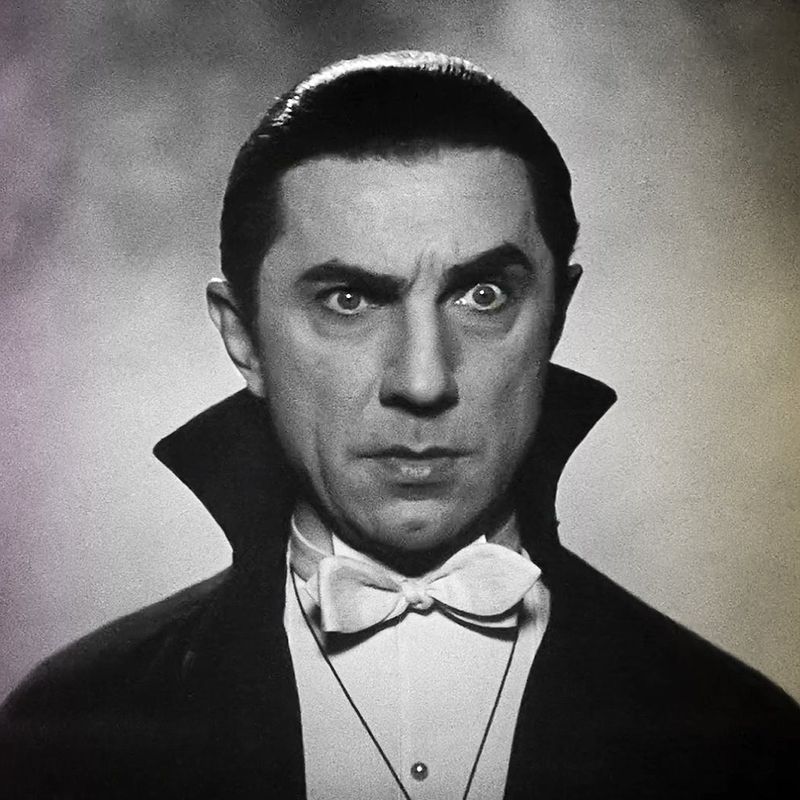
The actor who defined Dracula for generations signed away his financial future with a single contract. Lugosi accepted just $3,500 for his iconic role in 1931’s Dracula, receiving no royalties from the film that would forever typecast him.
As horror films fell from fashion, so did Lugosi’s career. Addiction to morphine (prescribed for his war injuries) drained what little money he earned from increasingly B-grade movies. His final role was in the infamously terrible Plan 9 from Outer Space.
When he died in 1956, his son had to borrow money for the funeral. Fittingly, Lugosi was buried in his Dracula cape – the costume that made him famous but never rich.

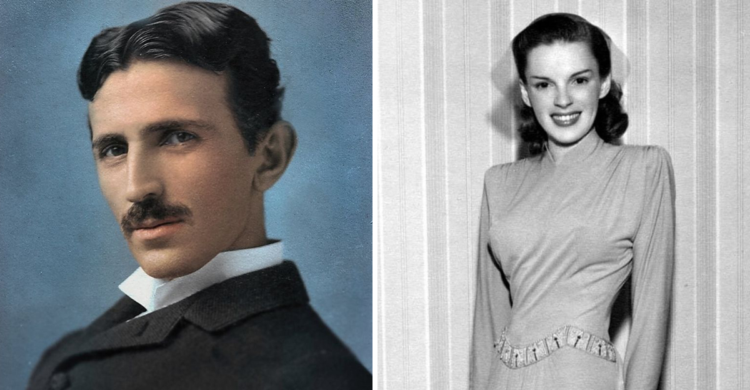
Comments
Loading…